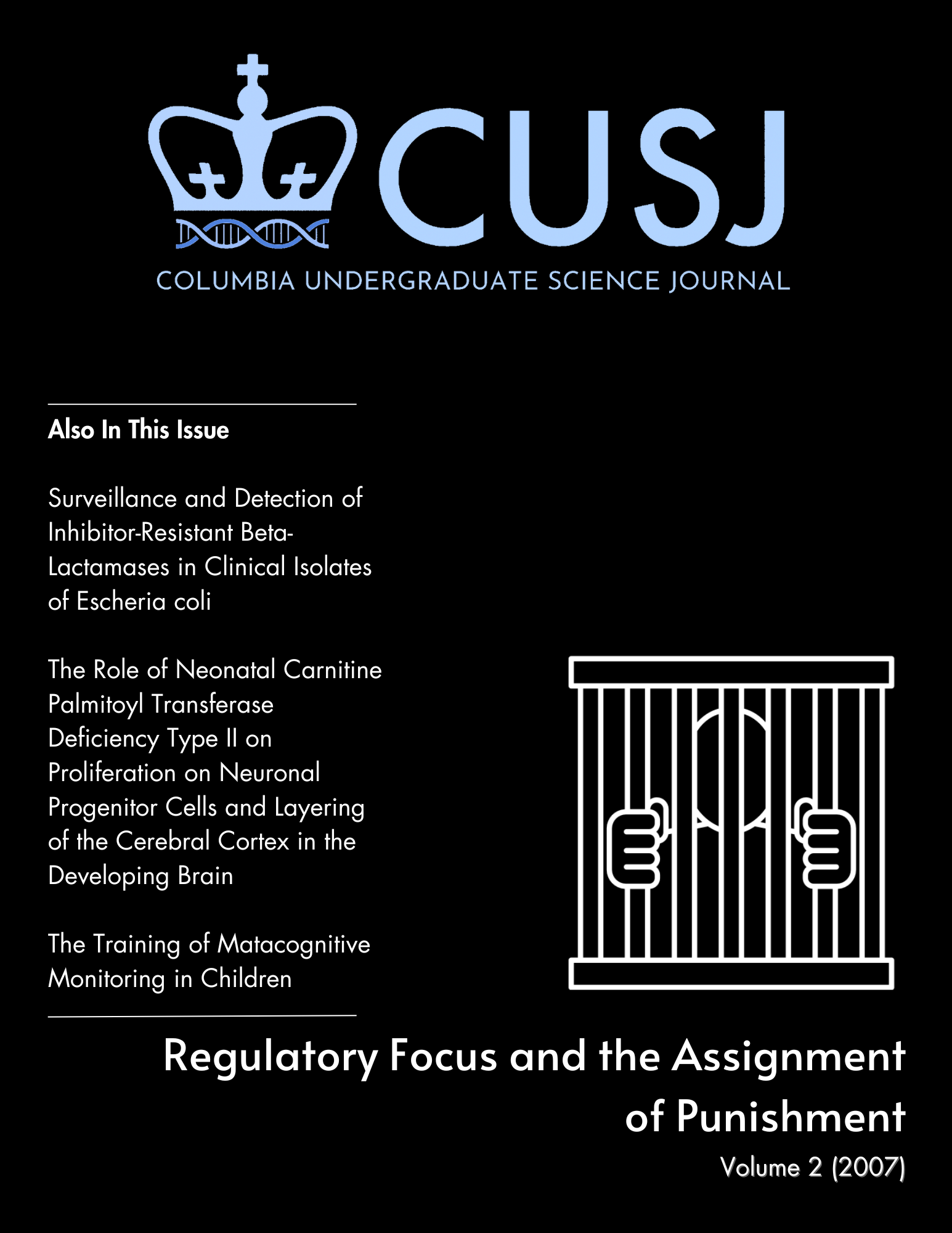Abstract
In development, motor neurons innervate maturing myotubes to form the neuromuscular junction (NMJ). During this process, the nerve terminal secretes a protein called neuregulin (NRG1). NRG1 acts as a signal which increases the number of acetylcholine receptors (AChRs) on the postsynaptic membrane. NRG1 binds to receptors on the surface of the muscle, known as erbB receptors. The binding of NRG1 causes the erbB receptor to auto-phosphorylate (Fu, 1999). As a result, there is an increase in transcription of the gene for AchRs, integral membrane proteins that respond to the binding of the neurotransmitter acetylcholine. In order to study the effects of NRG1 on early stages of synapse formation, we prepared co-cultures of dissociated muscle cells from postnatal day 1 (P1) mice and neural tube explants from embryonic day 11 (E11) mice. Silicone chambers were created as a system for growing dissociated muscle cells and neuronal explants in co-culture (Loeb, 1999). ErbB inhibitor (PD 158780) was added to chambers prior to the formation of the NMJ. After one week the tissue was fixed and stained to visualize the synapses. Based on the results of two experiments, the chambers that were not treated with the inhibitor had an average of 10 times more AchR (+) contacts. Therefore, at the time point studied, it appears that NRG1 signaling through the erbB receptor tyrosine kinases is necessary for the formation of AchR (+) receptor contacts at the motor terminal in the post-synaptic membrane.

